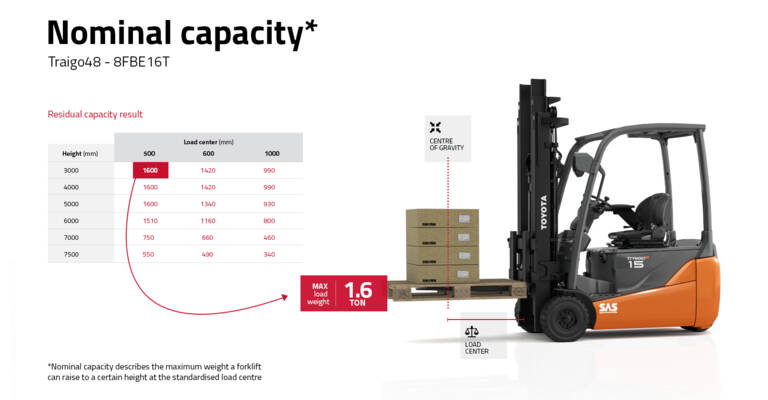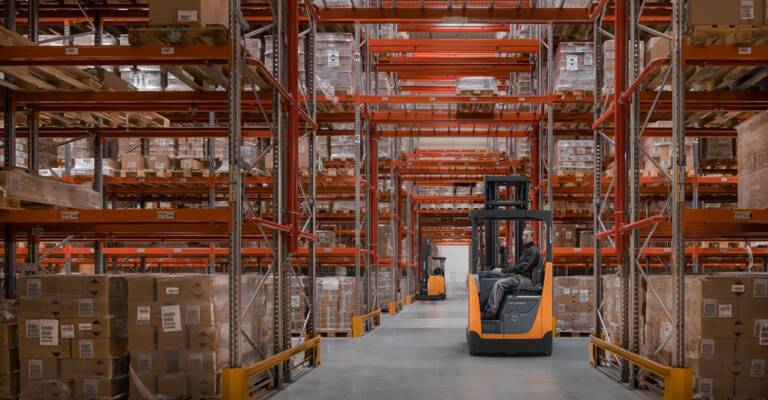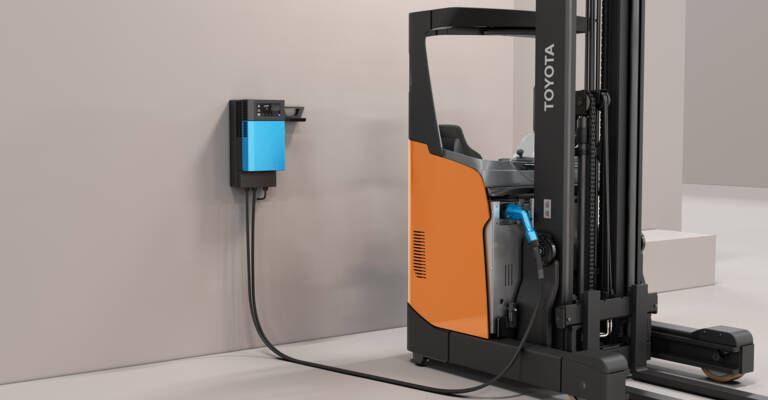
How much manoeuvring space does a forklift need?
What defines the aisle width?
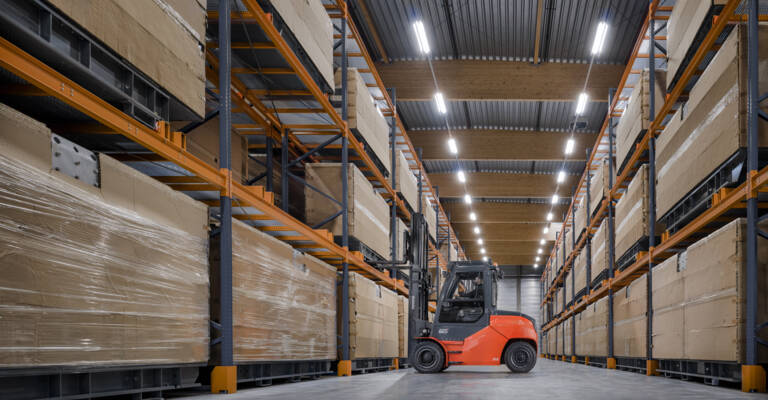
The aisle width (Ast) of a forklift is the minimum width of a straight aisle in which a truck carrying a given load can turn 90°.
The Ast is defined by:
- Turning radius (Wa): the minimum radius a forklift needs to turn in a circle.
- Load dimensions: the width (b12) and length (l6) of the load define the space needed for the truck to place the load.
- Load distance (x): the horizontal distance from the centre of the front wheels to the front of the forks.
- Safety clearance (a): 200 mm for safer navigating in aisles.
- Internal turning radius (b13): distance from the truck centerline to the turning point.
The aisle width calculation per forklift
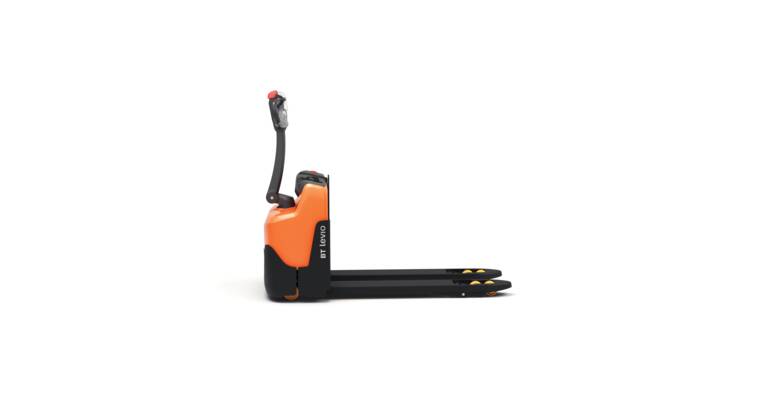
Powered pallet trucks powered stackers, reach trucks and low-level order picking trucks:
Ast = Wa +√((l6 - x)² + (b12/2)²) + a

3-wheel counterbalanced trucks, 4-wheel counterbalanced trucks (when b12 is larger than two times the internal turning radius b13) and high-level order picking trucks:
Ast = Wa +√((l6 + x)² + (b12/2)²) + a
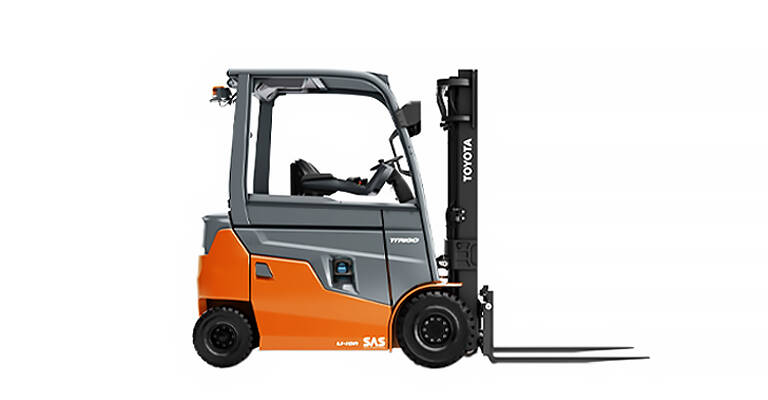
4-wheel counterbalanced trucks (when b12 is equal/smaller than two times the internal turning radius b13):
Ast = Wa + x + l6 + a
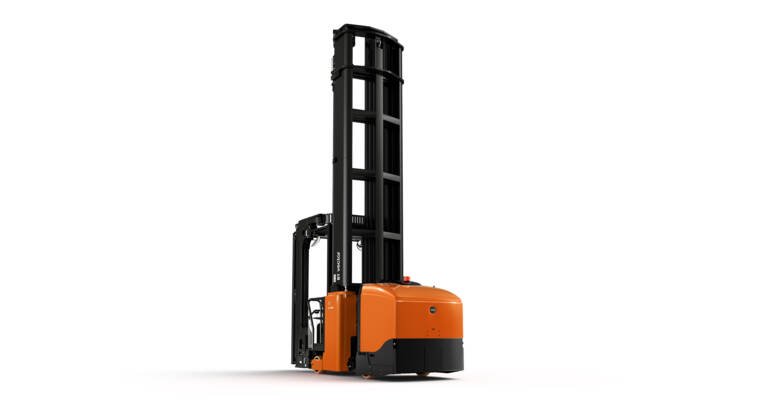
Very narrow aisle trucks are more complex to calculate. Your Toyota expert can support you.
How to define the right forklift for a given aisle width?
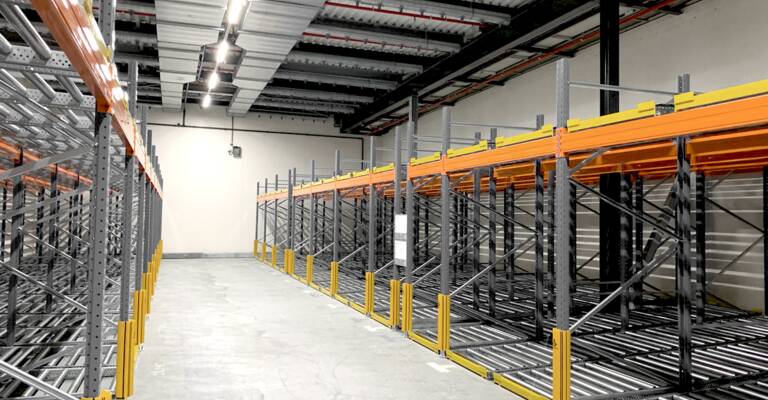
You want to buy a new truck or rent an extra one for your operation? Some tips to make sure the truck is suitable for the space:
- Measure the distance between the racking so as to make sure the forklift can turn in this area. Pay attention to racking protection, pallet overhang, pedestrian pathways etc.
- The aisle width for forklifts with standard load dimensions can be found in the data sheet. For non-standard loads, the aisle width needs to be calculated.
- If you use different types of trucks, check the aisle width requirements for all, a 4-wheel model for example needs more turning space than a 3-wheeler.
- When changing brand, double check the measurements, there might be differences in turning radius.
How narrow aisle widths can maximise storage space
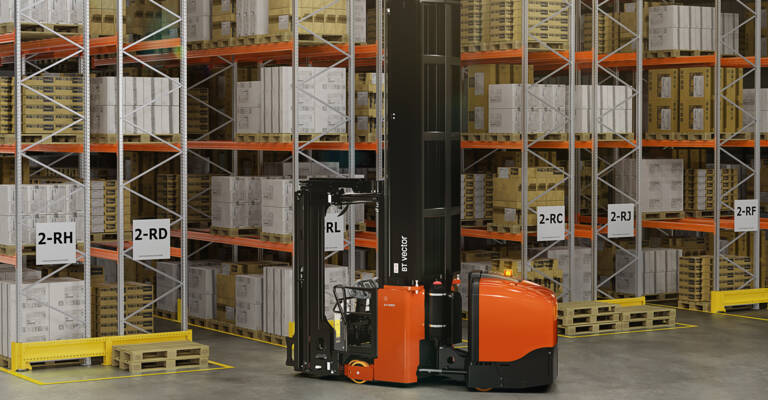
Warehouse space
The aisle width and the choice of forklifts are highly dependent on each other. Generally, you could say that the larger the space, the higher the flexibility of using different types of material handling equipment. The tighter the space, the more specific the model needs to be.
Storage capacity
Defining the forklift with the right measurements can have a positive impact on your storage capacity. When aisles are narrower, more racking can be placed which increases storage space.
The right forklift
Forklifts that are suitable when space is key and high lifting heights are required, are reach trucks, 3-wheel electric counterbalanced trucks or very narrow aisle trucks. But finding the right model is not all about space requirement, it needs to match your applications and driver needs.

